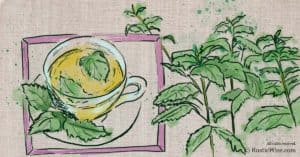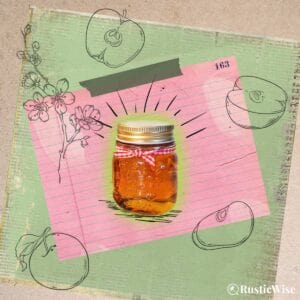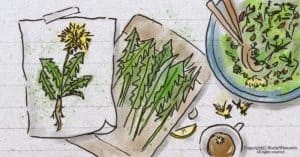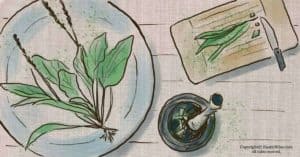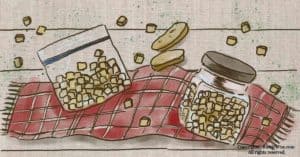Does Pickling Destroy Nutrients? Here’s What You Need To Know
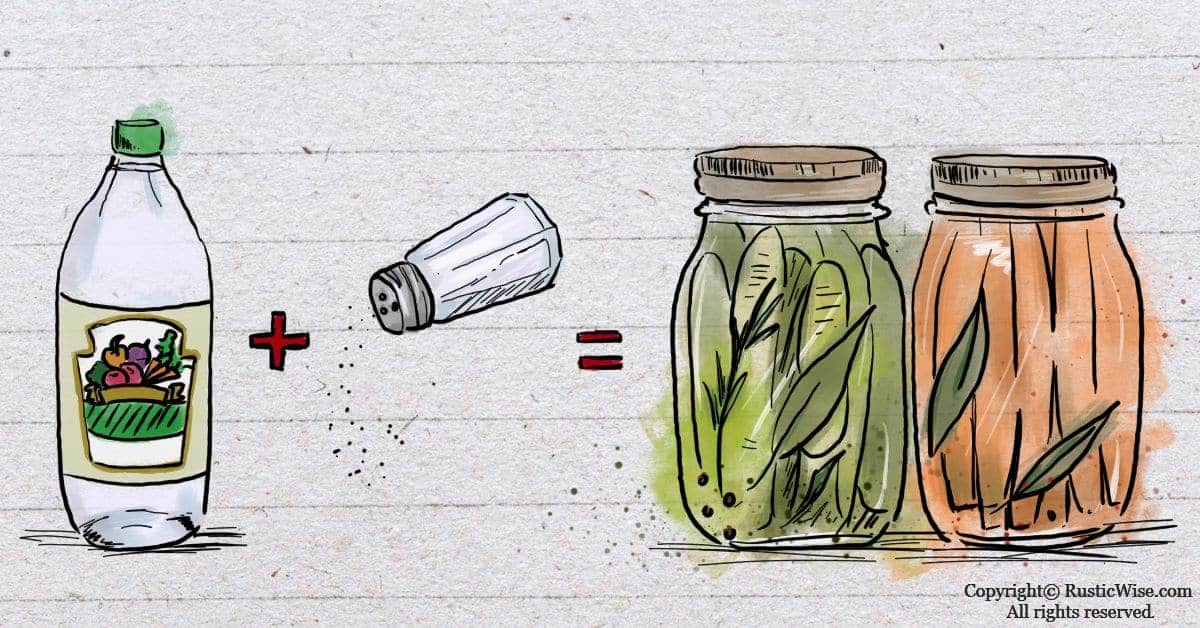
The burning question of the day is: does pickling destroy nutrients? The answer to this question isn’t straightforward as there are different ways to make pickles: through fermentation or vinegar pickling, with fermented foods being healthier. Vinegar pickling is an ancient way to preserve food by adding a brine typically made of water, vinegar, salt, or sugar. The acidity of vinegar helps to prevent spoilage and also adds flavor. Since the pickling process uses some heat (hot brine is poured over food), there’s some loss of vitamin C and B vitamins.
You can pickle many types of vegetables, fruits, and protein, but most people think of cucumbers when it comes to pickling. You can get really creative with the types of foods you pickle from pickled eggs to pickled watermelon rinds.
The ancient practice of pickling dates back 4,000 years when people began preserving cucumbers from India for long journeys. Long before we had proper refrigeration, pickling was a practical way to preserve fruits and vegetables. This practice continues today because it’s still a great way to preserve seasonal foods for year-round enjoyment.
Let’s take a closer look at the two main types of pickling: vinegar pickling and fermentation. We’ll also look at the nutrition of pickles and how to make the healthiest choices when it comes to pickles.
Nutritional loss when preserving food
Does pickling destroy nutrients? Well, one could argue that any form of cooking or food preservation alters the nutritional content of foods. This includes drying, canning, curing, and freezing to varying degrees. In fact, the loss of nutrients begins as soon as many vegetables are harvested. According to the U.S. Department of Agriculture (USDA), unless fresh produce is properly preserved or cooled, almost half of vitamins are lost within the first few days.
As time goes on, produce kept in the fridge loses half or more of its vitamins. So, the lesson here is to eat fresh produce as quickly as possible to prevent the loss of nutrients.
Let’s be clear—the best and healthiest way to eat your fruits and veggies is when they’re fresh. But many people don’t always have access to fresh produce which is why we turn to various food preservation methods.
As we mentioned above, there’s some loss of vitamins C and B during pickling. This occurs with the use of a hot brine.
If you choose to can your pickled vegetables or fruits (and not just make refrigerator pickles), the USDA says, “The heating process during canning destroys from one-third to one-half of vitamins A and C, thiamin, and riboflavin. Once canned, additional losses of these sensitive vitamins are from 5 to 20 percent each year. The amounts of other vitamins, however, are only slightly lower in canned compared with fresh food. If vegetables are handled properly and canned promptly after harvest, they can be more nutritious than fresh produce sold in local stores.”
The longer that jar of delicious pickled food is sitting in your pantry or fridge, the more nutrients are lost. So eat them sooner rather than later!
However, just because there’s some vitamin loss during canning, does that mean we should avoid canned foods? Not according to this study.
One 2015 study examines the levels of canned foods consumed in the U.S. Participants were placed in three groups: Frequent Can Users (more than six canned items per week); Average Can Users (3–5 canned items per week); and Infrequent Can Users (less than two canned items per week).
Results show that canned food consumption may improve nutrient intake:
“Frequent Can Users consume more nutrient-dense food groups such as fruits, vegetables, dairy products, and protein-rich foods, and also have higher intakes of 17 essential nutrients including the shortfall nutrients—potassium, calcium and fiber—when compared to Infrequent Can Users. Therefore, in addition to fresh foods, diets higher in nutrient-dense canned food consumption can also offer dietary options which improve nutrient intakes and the overall diet quality of Americans.”
Tip: When preserving food, aim to can, dry, or freeze food within one or two days after harvesting to minimize nutrient loss.
What’s the difference between pickling and fermentation?
It’s important to understand the difference between these two methods of preparing pickled foods because they have different nutritional benefits and health impacts.
Pickling through vinegar immersion is less time-intensive than fermentation. You can make this version of pickles within a day or two.
Here’s the basic pickling process. Prepare, slice and pack your food into jars. If your food contains a lot of water (as is the case with cucumbers), you need to prepare a brine (salt and water) to draw out some moisture. Combine ingredients for the pickling solution into a pot and bring to a boil on the stove. Pour the hot vinegar solution over the jar’s contents. The ingredients of brine may differ slightly for different recipes, but most contain water, vinegar, sugar, salt, and other seasonings.
The key to pickling and effective food preservation is achieving the proper acidity level. Anything below a pH of 4.6 is considered a high-acid food and can be safely preserved using a water bath canner.
You can then either make refrigerator pickles (by skipping the processing step and storing in the fridge). Or, you can process them in a water bath canner for longer storage.
Fermentation on the other hand requires a bit of patience. Fermentation is a metabolic process where microorganisms bring about a change in a food’s flavor, texture, and nutrition. The type of fermentation that pickles, sauerkraut and kimchi undergo is lactic acid fermentation. Various strains of yeast and bacteria feed on sugars and turn it into lactic acid. Lactic acid fermentation requires no heating during the fermentation process.
Depending on the type of pickle you’re making, fermentation time ranges from 1 to 4 weeks.
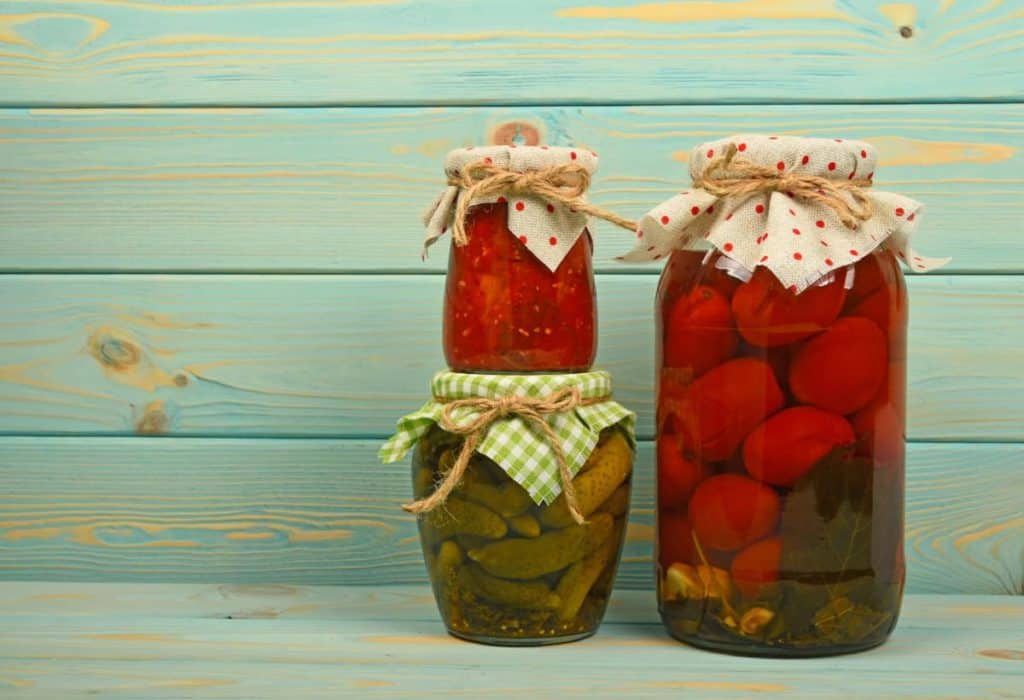
Health benefits of fermented foods
In the book The Art of Fermentation by Sandor Ellix Katz, the author examines a few health benefits that fermented foods provide:
- Aids in pre-digestion: During fermentation, microorganisms break down hard-to-digest compounds converting them into more elemental forms. The result? Minerals are more easily digested by the body. The fermentation process also makes vegetables more digestible for people who have trouble digesting raw vegetables.
- Enhances nutrition: Many ferments tend to develop higher levels of B vitamins including niacin (vitamin B3), riboflavin (vitamin B2), and thiamin (vitamin B1). It’s also found that many ferments develop new micronutrients not found in the original raw foods.
- Provides detoxifying properties: In some fermented foods toxic compounds are removed from the food—antinutrients are converted into nutrients.
- Introduces live bacterial cultures: During lactic acid fermentation (the type that pickles and sauerkraut undergo), beneficial live bacterial cultures (probiotics) are introduced into the body which improves gut health.
What does this mean for you? If you want to reap the full benefits from your pickled foods, choose fermented pickles. While vinegar-based pickles are not unhealthy per se, they don’t offer the same health benefits that fermented foods provide.
Let’s take a look at the nutrition of vinegar-based pickles next.
Are vinegar-based pickles unhealthy?
Not necessarily. When you look at the overall nutritional contents of pickled cucumbers, they contain more or less the same nutritional value of raw cucumbers (albeit with slightly less vitamins B and C that are lost through processing).
Cucumbers aren’t exactly the most nutrient-dense food to begin with. They are comprised of 96 percent water and have vitamins A, B, C, and K along with trace amounts of minerals including potassium, magnesium, iron, and zinc.
However, from a weight-loss perspective, they contain no fat or cholesterol and little sugar. One cup of raw cucumber is only 16 calories.
So, if you have a hankering for something sour or savory like dill, reaching for a jar of pickles is infinitely better than downing a bag of dill-flavored potato chips.
And in terms of the nutritional content of vinegar, most contain between 2 to 15 calories per tablespoon, depending on the variety. Distilled white vinegar has almost no nutritional value and contains the fewest calories. Vinegar is made of water and acetic acid.
The real nutritional issue with pickles: sodium
Most nutritionists would argue that the main issue with canned pickles is their high sodium content. One spear of cucumber dill pickles contains 283 milligrams of sodium which is 12 percent of your recommended Daily Value.
You can see how eating a bunch of dill pickles in one sitting could easily add too much sodium to your diet. So the key with pickled foods is eating in moderation!
Tip: If you have a chronic health condition that requires you to limit your sodium consumption, go easy on the pickles! This includes those with diabetes, high blood pressure, or hypertension.
Store-bought vs. homemade pickles
Not all pickles are created equal, especially when it comes to store-bought vs. homemade pickles.
Commercially-produced pickles contain preservatives and additives such as calcium chloride, potassium chloride, sodium benzoate, and artificial flavorings or colors. Most jars of pickles you’ll find at the grocery store are unfermented.
You don’t have any of that stuff with a batch of homemade pickles. You get to control the ingredients, as well as the freshness of the produce.
A jar of (safely-made) homemade pickles beats store-bought pickles in a heartbeat.
If sodium is an issue, there are many homemade pickle recipes with reduced sodium. Check out the USDA’s Complete Guide to Canning (Guide 6).
Check out this Quick Process Pickle Recipe here.
The takeaway: does pickling destroy vitamins?
While there’s some loss of vitamins C and B vitamins during pickling, there’s nutrient loss in most forms of food preservation including canning, freezing, and drying. In terms of the “heathiest” type of pickle, fermented pickles win that prize. This is followed by homemade vinegar-based pickles, and then, store-bought vinegar-based pickles.
Canned pickles are not necessarily unhealthy, but most varieties contain high levels of sodium. So enjoy your pickled foods in moderation!
👉If you like this post, see our Ultimate Guide on How To Can Food.
Would you like more timeless tips via email?
Fun tips to help you live an independent, self-sustaining lifestyle. Opt-out at any time.


References
- Schaefer, Anna (12 October 2017). “9 Unique and Healthy Pickle Recipes,” Healthline. Accessed May 2021.
- Massachusetts Great Outdoors Blog, History of Pickling, https://www.mass.gov/ https://blog.mass.gov/greatoutdoors/education/history-of-pickling/. Accessed May 2021.
- MasterClass, What Is Fermentation? Learn About the 3 Different Types of Fermentation and 6 Tips For Homemade Fermentation, https://www.masterclass.com/articles/what-is-fermentation-learn-about-the-3-different-types-of-fermentation-and-6-tips-for-homemade-fermentation. Accessed May 2021.
- Katz, Sandor Ellix (2012). The Art of Fermentation. Chelsea Green Publishing. pp. 24–30. ISBN 978-1-60358-286-5.
- My Food Data, Cucumber With Peel Raw, https://tools.myfooddata.com/nutrition-facts/168409/wt9/1. Accessed May 2021.
- Harvard School of Public Health, Vinegar, https://www.hsph.harvard.edu/nutritionsource/food-features/vinegar/. Accessed May 2021.
- My Food Data, Pickles Cucumber Dill Or Kosher Dill, https://tools.myfooddata.com/nutrition-facts/168558/wt1/1. Accessed May 2021.
- U.S. Department of Agriculture (USDA), Complete Guide to Home Canning, Guide 1, https://nchfp.uga.edu/publications/usda/GUIDE01_HomeCan_rev0715.pdf. Accessed May 2021.
- Comerford K. B. (2015). Frequent Canned Food Use is Positively Associated with Nutrient-Dense Food Group Consumption and Higher Nutrient Intakes in US Children and Adults. Nutrients, 7(7), 5586–5600. https://doi.org/10.3390/nu7075240

Author: Theresa Tesolin
Theresa is co-founder of RusticWise. She helps people unleash their inner DIY spirit by encouraging them to get dirty and make or grow something from scratch.



